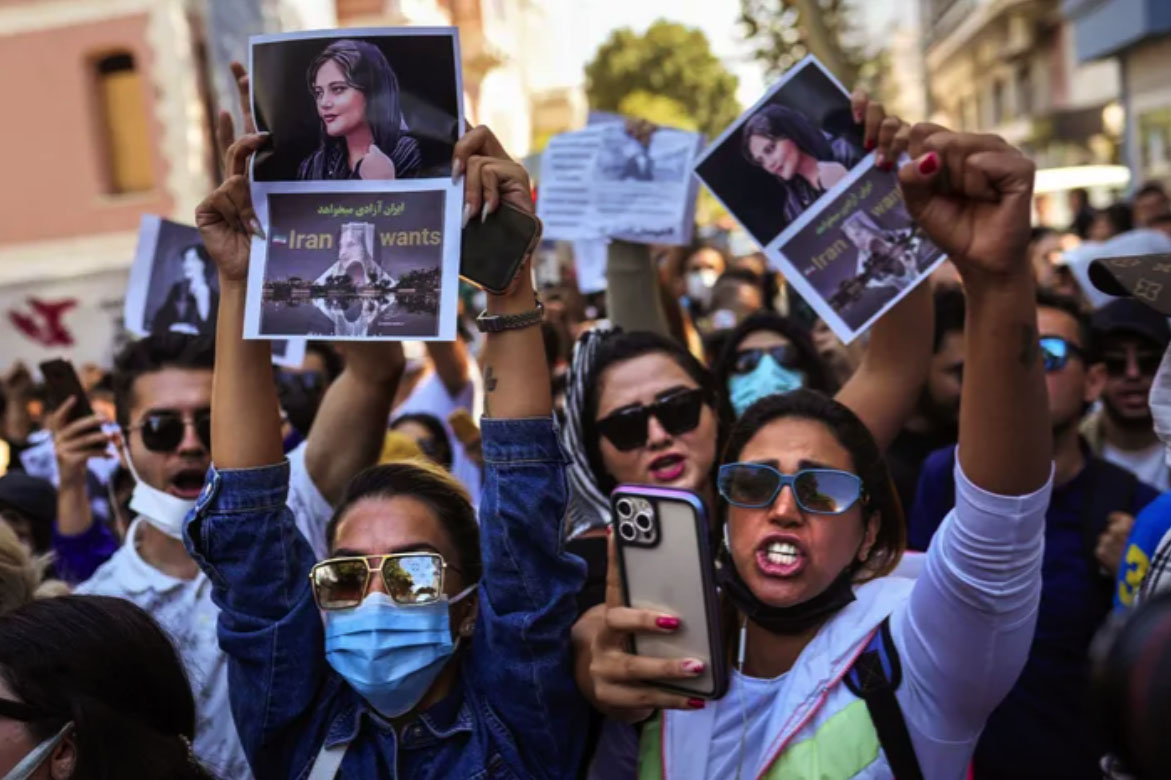
Mahmood Karimi Hakak
Almost 45 years ago, one of the most popular revolutions of the 20th century was highjacked by a group of hidebound religious fanatics. Why? Two reasons: The Shah of Iran had decided to stop paying tribute to “the blue-eyed man,” thus, he no longer served the economic interests of the west. And the political opposition groups were almost all aligned with the Soviet Union.
The best solution the west could come up with was to promote an old clergyman notorious for his opposition to the Shah. Thus, Ruhollah Khomeini was brought from exile in Iraq to France, where his sermons were distributed widely inside Iran through such western media as the BBC. The opposition inside the country, meanwhile, was scattered and self-absorbed. It did not have a coherent collective plan to govern in the absence of the existing regime. They also trusted Khomeini’s declaration that he had no ambition for governing the country past the Shah’s departure. Perhaps they were unaware, or disbelieving of the fact that he justified this lie in accordance with the religious Taqiya` (the practice of committing a sinful act for a pious goal). Soon, using the old tactic of divide and conquer, Khomeini sided with one opposition group against another, until they were all destroyed.
By the time people began to see his deceitfulness, the American Embassy was taken hostage, creating an international crisis for Iranians inside and outside of Iran. Then, again, by the time the people saw the reality behind this trick, and questioned the validity of the mullah’s promises, the west came to their rescue once more by provoking Saddam Hussain to attack Iran.
Iranians, by and large, are patriots. When a foreign enemy attacks, they all gather under one flag to defend their homeland, regardless of ideological differences. A year into the war, Saddam asked for a truce. Saudi Crown Prince Fahd met with Iranian officials, offering to pay for the cost of the war. Iran’s army agreed, its presidents agreed, its prime minister agreed, the people of Iran agreed, but Khomeini did not agree. Why? The internal opposition was not totally destroyed yet. Therefore, seven years later, after another million lives had been lost on both sides, Khomeini agreed to figuratively “drink the poison” and sign the peace treaty. However, before he signed, he ordered the execution of over 3,500 political opponents in one week.
Iranian women have been the first and most consistent opposition to the rule of the mullahs, especially the forced hijab. In the early days of the revolution, their opposition to this was so strong that it forced Khomeini to back away from agreeing with Grand Ayatollah Taleghani that “Hijab is not compulsory.” Again, people trusted him and went back home. But he unleashed his militia (the Basij) to beat women who did not cover their hair properly with knives, chains and brass knuckles. However, the regime’s attempts to force women to accept their place as second-class citizens failed time and time again. They marched alongside bus drivers, teachers, students, and others at every demonstration. The largest outpouring was the 2009 Green Movement, when people objected to the rigged election of Mahmoud Ahmadinejad. This was the first time that millions of people marched in the streets of Iran in silence, their mouths taped, carrying signs asking “Where Is My Vote!” Again, that struggle was crushed with hundreds killed and thousands arrested or disappeared. The people learned another important and paradoxical lesson: Strength is not in numbers — a lesson they benefit from today.
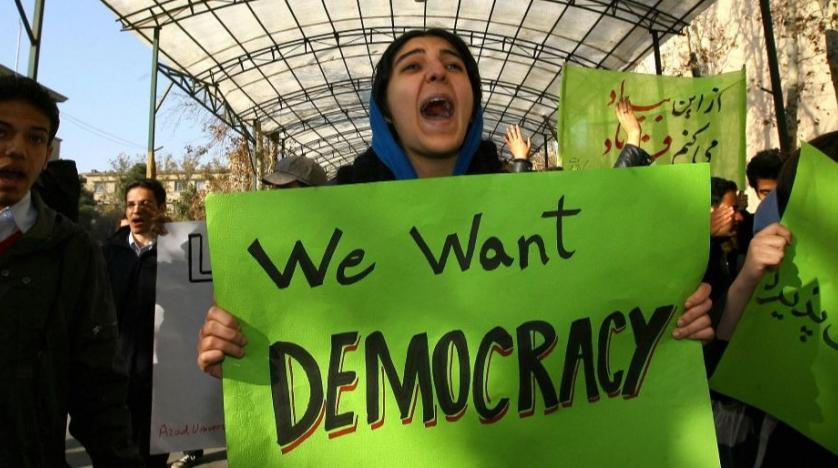
The recent uprising is different both in content and form. There are major differences between what happened in 2009 and what is happening now, for although women’s participation was visible and essential in the Green Movement, they were part of the movement, whereas the women today are leading the uprising. In 2009, people were hoping to reform the regime from within. They sincerely believed that the Islamic Republic was capable of improvement. They did not want another revolution, rather they wanted an evolution within the existing system. Now, they have realized that this regime is incapable of reform, perhaps because of its inherent contradiction.
An Islamic Republic is a contradiction in terms — one cannot have an Islamic regime with a god-like supreme leader placed above all, and at the same time have a republic where the will of the people must rule. Realizing the impossibility of reform, and frustrated by the lies and duplicities of deceitful mullahs, today’s youth demand nothing less than an end to the regime. Having learned the lessons of the past, they no longer gather in large groups, rather they assemble in thousands of small groups all over the city. This strategy forces government agents to spread thin and wide, making them less effective. This generation of revolutionaries is not afraid to face the brutal police with empty hands. Remember, this is the generation of Instagram, the generation of TikTok, the generation of avatars. For them death is another video game. They are fearless and determined; nothing can stop them.
Another difference with the 2009 uprising is in its leadership. This revolution is leaderless, as it should be. The Green Movement, although launched as a homegrown revolt, soon accepted a leader, the person people had voted for. Today’s is a truly leaderless uprising, and that, in my opinion, is to its advantage. One reason is that this is the coming together of all people under the Kurdish slogan, Woman, Life, Freedom, a slogan that encompasses opposition from every political, social and cultural spectrum. Whoever claims, or dreams of claiming the leadership of this generation, has to come without previous affiliations. They must be as fresh on the scene as this “revolution” is.
The leaders this time will emerge from within the movement itself. These leaders will have a clear and concise idea about what they want for their future. The leaders have to be those who have lived under this regime, who know what Generation Z is asking for. I fervently hope that these future leaders will be women, not only because women are the ones who started and led this movement, or because women are the ones who have been subjugated to the most drastic oppression by mullahs; nor because women have consistently fought this barbaric regime since its inception; but because women are the more compassionate sex, the more thoughtful sex, the more enduring sex, the more persistent sex, and a look around the world provides many examples of successful woman leaders, from New Zealand’s Jacinda Ardern to Iceland’s Katrin Jakobsdottir, and two dozen more. As the United Nations’ UN Women division has pointed out, as of September 2022, 30 women are serving as heads of state around the world, “earning praise for their innovative and effective leadership and for offering unique and fresh perspectives on the challenges their countries face.”
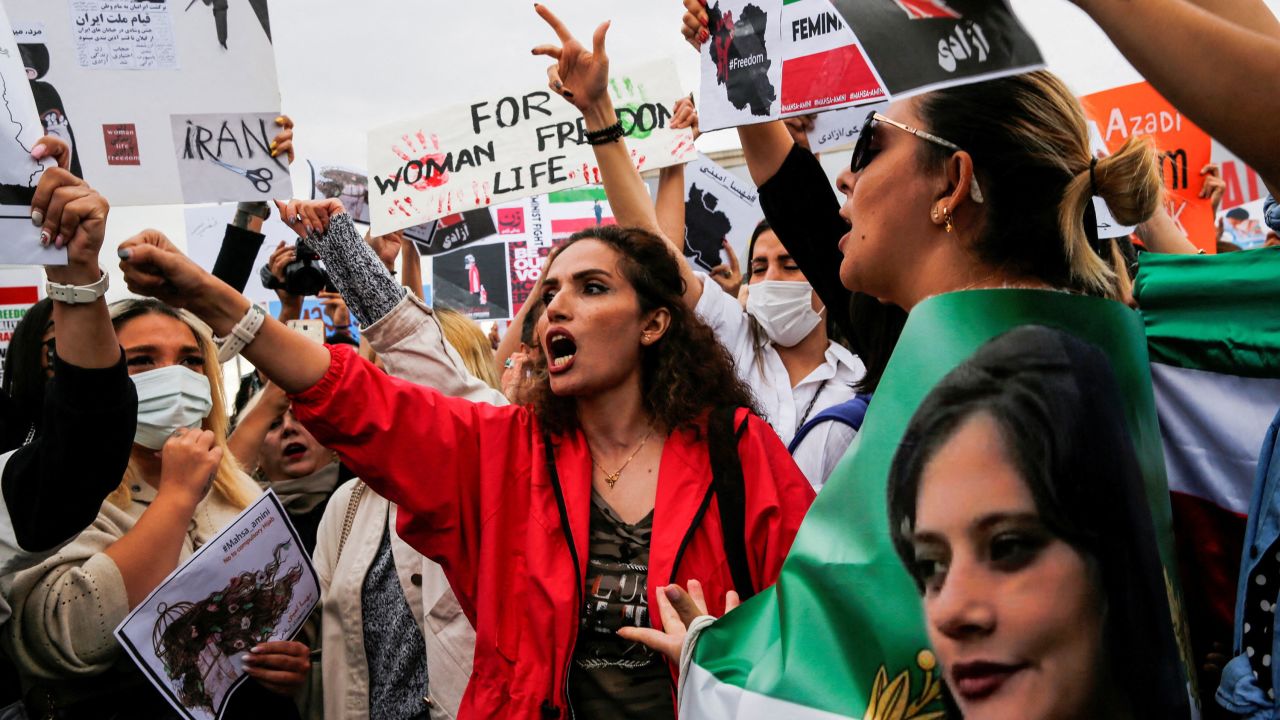
Why not in Iran?
So, the question is, what can we, half a world away, do to help these young people succeed? We can do a lot, from symbolic gestures, like cutting hair, to more serious ones like demanding that our leaders take this uprising seriously and support them. And if they really don’t know how, here is one way: The Islamic Republic of Iran recently released two American prisoners. In return, they expect to receive another instalment of frozen Iranian assets. This money belongs to the people of Iran, not to a regime that has imposed itself on its citizens by force, lies, deceits, abuses, arrests and murder. These funds must be reserved for the victorious people of Iran, who are determined to overcome this deplorable regime, hopefully, without a need for armed resistance. Free-thinking people of the United States, as well as the Iranian diaspora, know that, if the funds are released, the Iranian regime will use that money to intensify beating, killing, imprisoning, and torturing its citizens, or, at best, to launder it back out through their children who live luxurious lives throughout the west. If this happens, the international community has no choice but to consider the release of these funds as an act of collaboration with the money launderers.
In the year 2022, the Islamic Republic is slaughtering young girls and boys who are simply asking for the freedom to live like any other young person in the world. Iran, one of the most ancient civilizations in the region, is not only rich in natural resources but far more importantly, rich in highly educated and entrepreneurial human capital as well. Beyond this regime, Iran will serve as the beacon of hope and economic progress for us all to benefit from worldwide.
As an artist, as an educator, a scholar, a father, an American, and an Iranian, I expect the American administration, the bipartisan congress, the regional and local governments, and all the peace seeking, freedom-loving citizens of this world to support the people of my country and to help them overcome this murderous regime, and establish a secular, democratic and collaborative government which they so richly deserve.



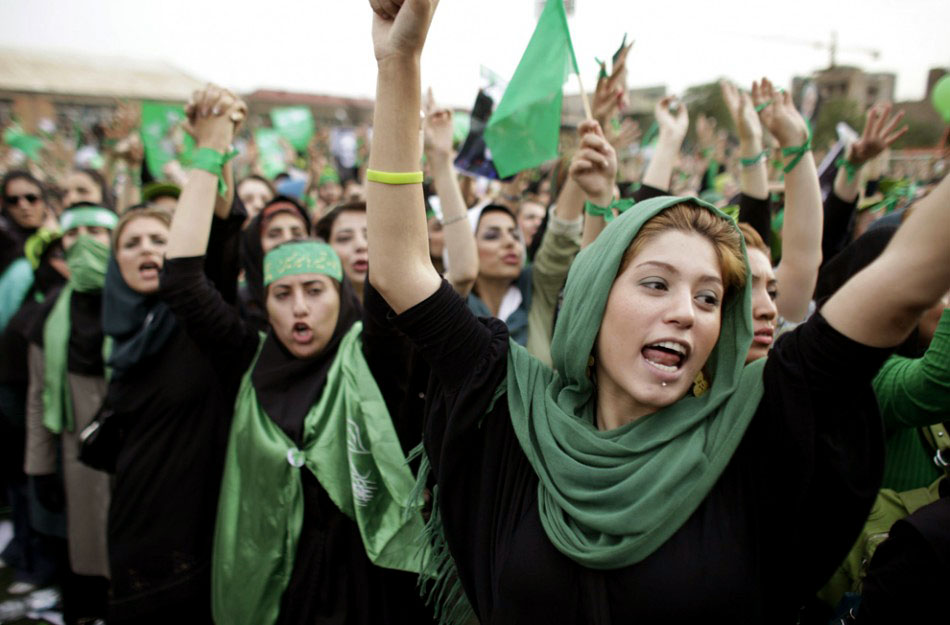
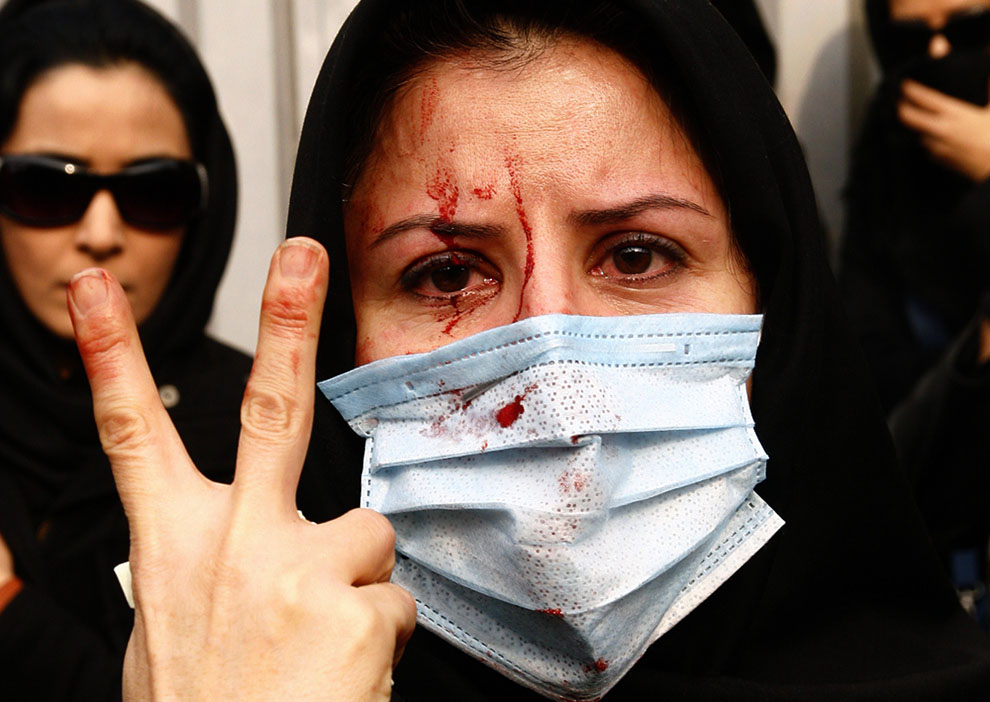

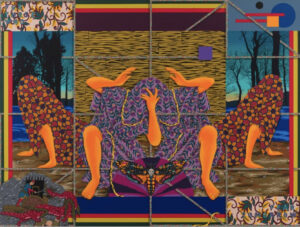
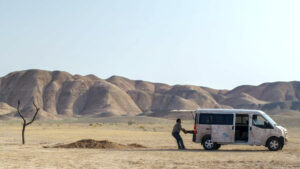

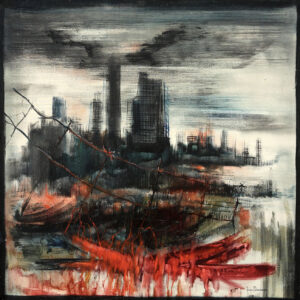
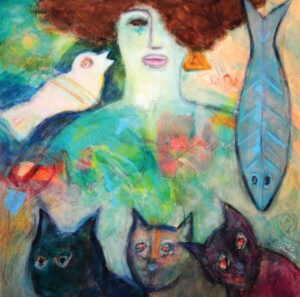

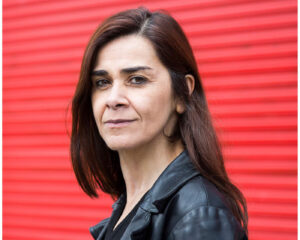







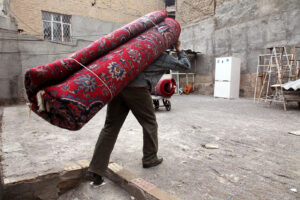
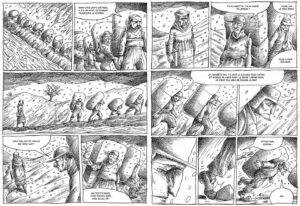

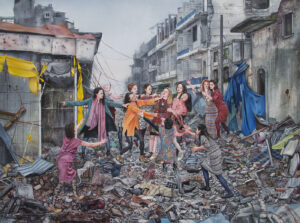
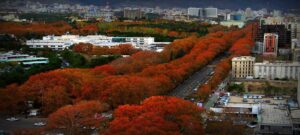






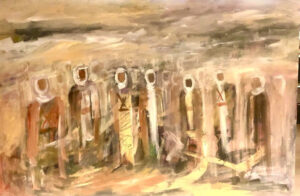


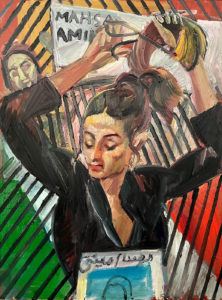
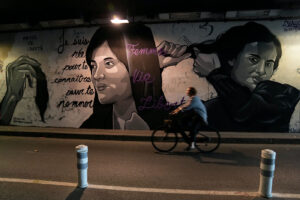





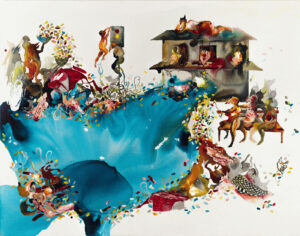
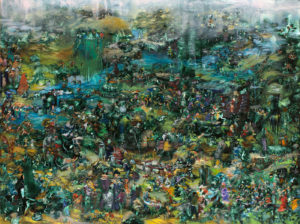
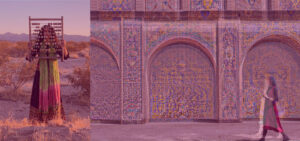
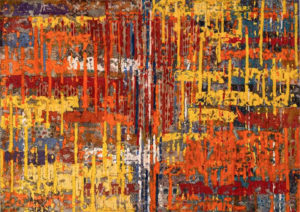
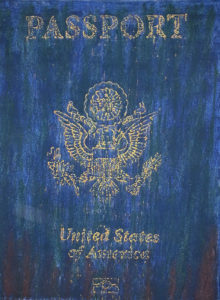

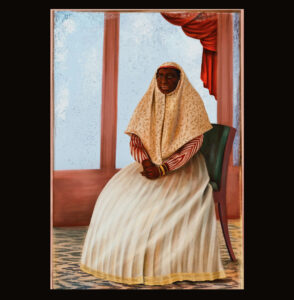
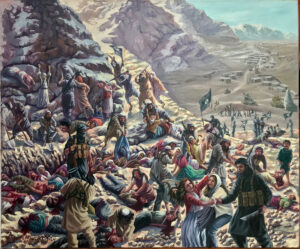
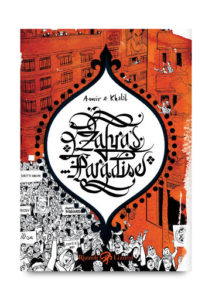
Bravo pour cet article. Do.mage qu il yva peu de nouvelle dur les médias occidentaux.
Thank you